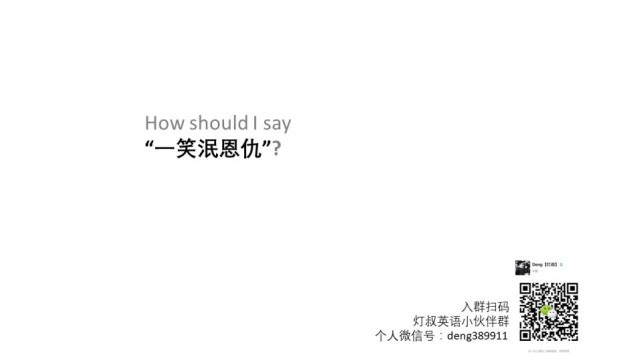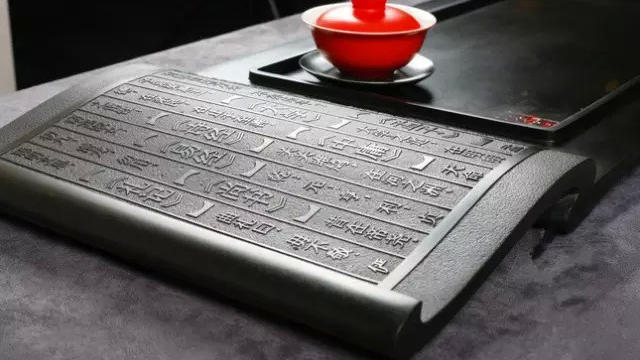2006年9月英语高级口译真题+音频+答案
SECTION 3: TRANSLATION TEST (30 minutes)
Directions: Translate the following passage into Chinese and write your version in the corresponding space in your ANSWER BOOKLET.
A proposal to change long-standing federal policy and deny citizenship to babies born to illegal immigrants on U.S. soil ran aground this month in Congress, but it is sure to resurface-kindling bitter debate even if it fails to become law.
At issue is "birthright citizenship"-provided for since the Constitution's 14th Amendment was ratified in 1868. Section 1 of that amendment, drafted with freed slaves in mind, says: "All persons born or naturalized in the United States, and subject to the jurisdiction thereof, are citizens of the United States."
Some conservatives in Congress, as well as advocacy groups seeking to crack down on illegal immigration, say the amendment has been misapplied over the years, that it was never intended to grant citizenship automatically to babies of illegal immigrants. Thus they contend that federal legislation, rather than a difficult-to-achieve constitutional amendment, would be sufficient to end birthright citizenship.
"Most Americans feel it doesn't make any sense for people to come into the country illegally, give birth and have a new U.S. citizen," said the spokesman of the federation of American immigration reform. "But the advocates for illegal immigrants will make a fuss; they'll claim you're punishing the children, and I suspect the leadership doesn't want to deal with that."
SECTION 4: LISTENING TEST (30 minutes)
Part A: Note-taking and Gap-filling
Directions: In this part of the test you will hear a short talk. You will hear the talk ONLY ONCE. While listening to the talk, you may take notes on the important points" so that you can have enough information to complete a gap-filling task on a separate ANSWER BOOKLET. You will not get your TEST BOOK and ANSWER BOOKLET until after you have listened to the talk.
The doctor-patient relationship is one of the ___________ (1) relationships in life, but many people say this relationship is beyond ___________ (2). Can this relationship be saved? The answer is ___________ (3) yes, because it must. And if that is lost, medicine becomes a technology and is ___________ (4). In part the crisis in medicine began with doctors ___________ (5) themselves from patients.
The more critical work of a doctor happens in the taking of the human ___________ (6). ___________ (7) is the most important and most difficult single transaction. The studies show that ___________ (8) of all the valuable information that leads to correct diagnosis comes from the history. Another ___________ (9) comes from the physical examination, 10% comes from simple ___________ (10) tests, and 5% comes from all the complex ___________ (11). So listening is vital, because listening is not merely listening, but to establish a ___________ (12).
But some doctors think listening is ___________ (13). They like to use complex and costly ___________ (14), and use ___________ (15) that create adverse reactions and require ___________ (16). They don't like to listen. Because there's no premium on listening and that there's no ___________ (17) for listening.
Even so, the doctor-patient relationship is not ___________ (18) saving. Because people may ask, what is good health? And good health begins first and foremost with ___________ (19). If you don't care for a ___________ (20), be somebody else, but don't be a doctor!
Part B: Listening and Translation
1. Sentence Translation
Directions: In this part of the test, you will hear 5 English sentences. You will hear the sentences ONLY ONCE. After you have heard each sentence, translate it into Chinese and write your version in the corresponding space in your ANSWER BOOKLET.
(1)
(2)
(3)
(4)
(5)
2. Passage Translation
Directions: In this part of the test, you will hear 2 English passages. You will hear the passages ONLY ONCE. After you have heard each passage, translate it into Chinese and write your version in the corresponding space in your ANSWER BOOKLET. You may take notes while you are listening.
(1)
(2)











